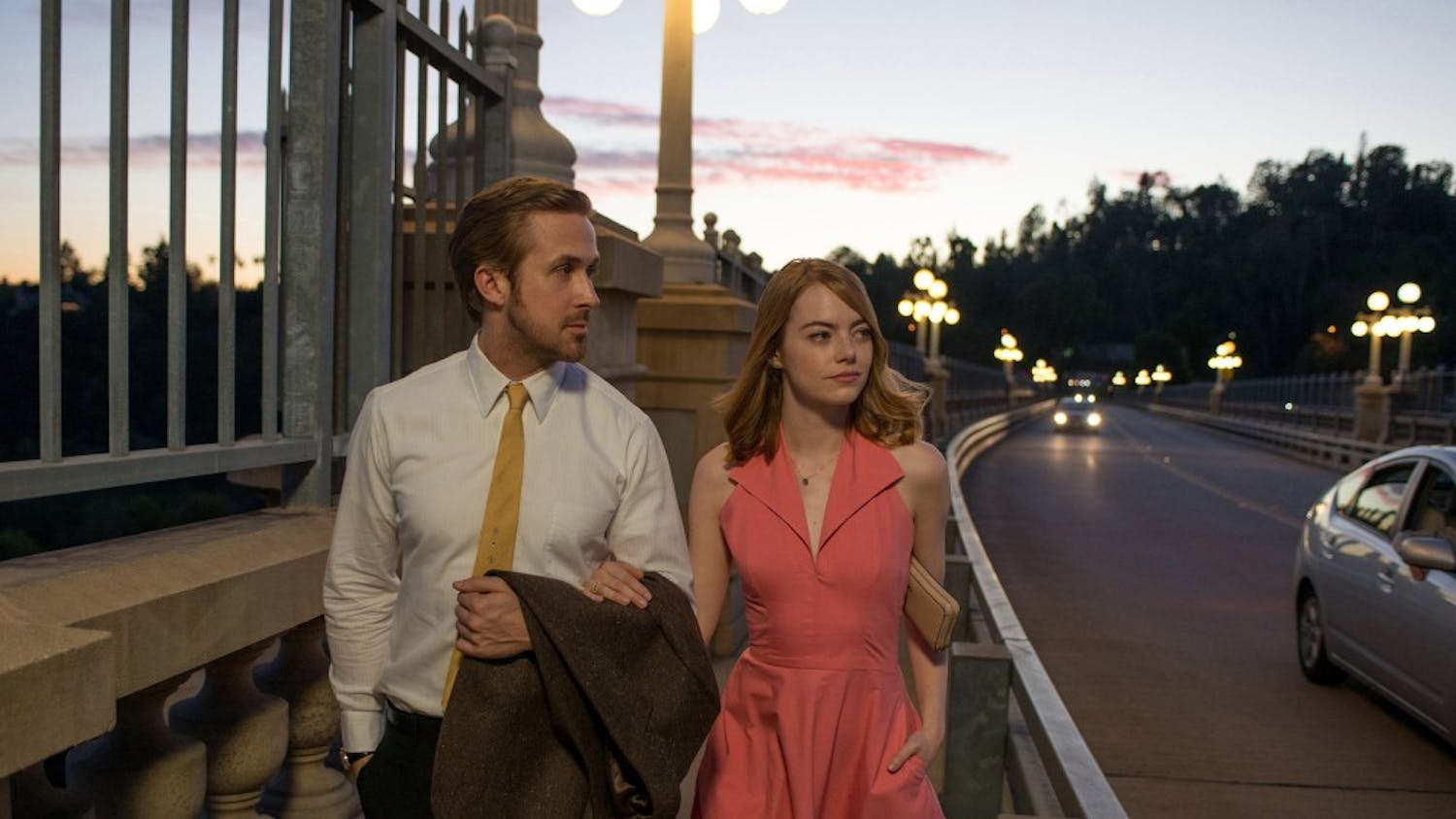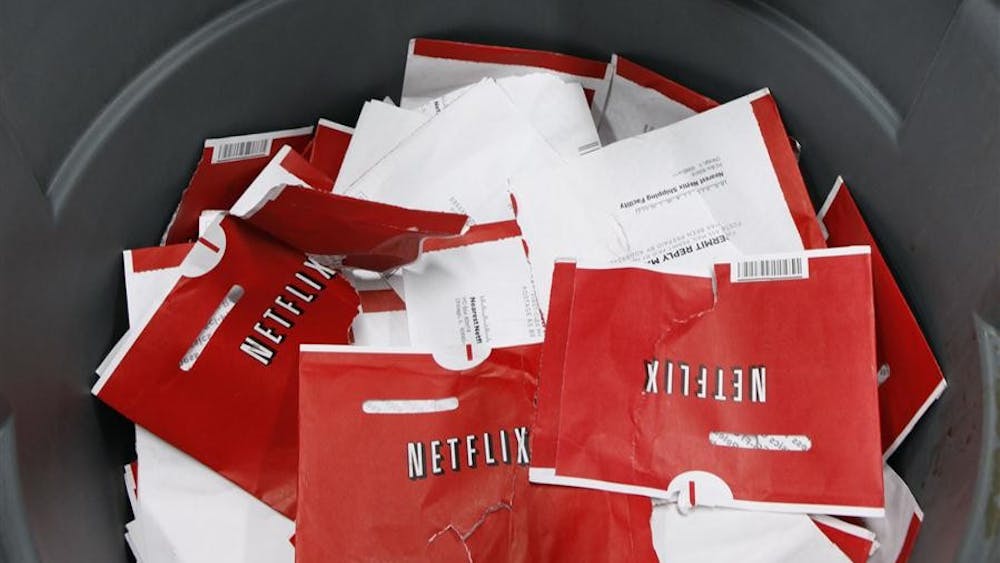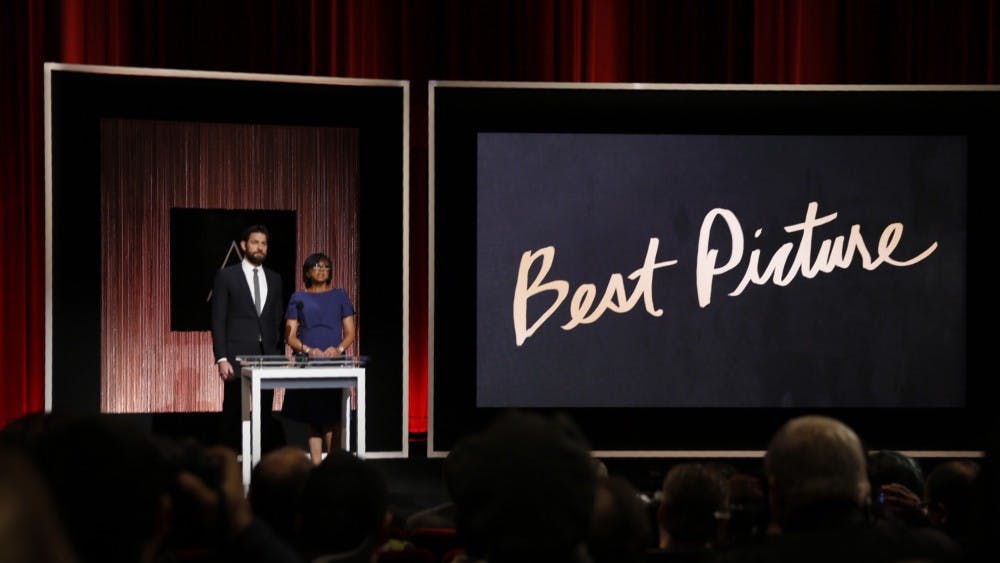Back in 1993, a relatively unknown band named The Flaming Lips had a surprise Top 40 hit in the song "She Don't Use Jelly." Soon after, they were appearing on everything from MTV shows to "Beverly Hills 90210." It was a weird time in the music world. One character in "90210" expressed this sentiment after the Lips' lip-syncing performance, saying, "You know, I've never been a big fan of alternative music, but these guys rocked the house!"\nSince then, the worlds of indie and commercialism have collided on several occasions. Nowadays, a plethora of "indie" acts are embracing the commercial world. Perhaps the most common way one can notice this is in TV commercials. \nOf Montreal, for instance, reformatted its song "Wrath Pinned to the Mist (And Other Games)" for an Outback Steakhouse ad last year. The move garnered the band a hefty dose of criticism, but front man Kevin Barnes didn't let it get to him. He explained that indie bands aren't exactly wealthy, and that they are still the same band even if they let their music be used for commercial purposes. Plus, the money Of Montreal gained would allow it to enhance its theatrical stage presence. \nBut Of Montreal isn't the only band making cash from commercials. The music of indie darling Feist is in commercials for everything from iPod to "Grey's Anatomy." Wilco offers one of its songs for use in a Volkswagen commercial. The list goes on.\nIt can be upsetting to see an act change that you loved since its humble beginning. It's kind of like seeing an old friend move on to a new crowd. But it's usually more like your friend who was always low on cash finally has enough to pay rent. And after all, music is a profession, which means making money should be part of the plan. \nThe line between indie and commercial can often be blurry, though. In August, it was announced that major label Vice Records will release This is Next: Indie's Biggest Hits Volume 1 -- basically a "Now! That's What I Call Indie Rock" compilation. Surprisingly, most of the songs are pretty solid. However, some of the featured artists, such as Sonic Youth, the Yeah Yeah Yeahs and Spoon are on major labels themselves. \nThe repercussions of the commercialization of today's indie music will probably be pretty disturbing. When punk rock became widespread, it was repackaged for suburbia, resulting in bands we have now such as Good Charlotte. When hip-hop made it into the mainstream, the core understanding of the genre shifted from the urban youth niche to a commercially viable music genre that corporations could potentially exploit. \nSo is indie a state of mind? Is it a style? Should it be insulting that this music genre is being used as a commercial tool? Or does this validate indie as an influential and legitimate genre?\nI don't know.\nBut I'll tell you what I do know. Essentially, if you're making music, you want it to be heard. Making music that becomes popular should be a good thing for any artist. Sure, often times mo' money can mean mo' problems. But if you consider yourself a true music fan, you shouldn't pick your favorite artists based on their label or genre or popularity. \nAnd as fun as it is for music nerds to discuss their beloved passion, most people don't care about it that much. So in the end, when it comes to the music you choose, just go with your gut.
The Last Word
Now is that what you call indie?

Get stories like this in your inbox
Subscribe





